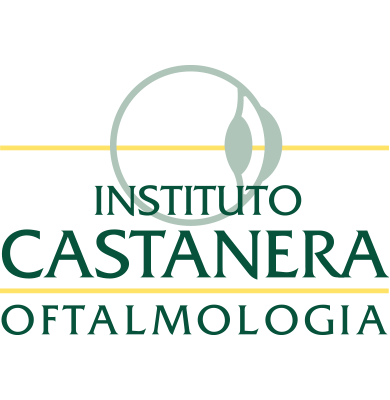The EU Central American Free Trade Agreement (CAFTA) is a crucial trade agreement between the European Union and six Central American countries. The agreement has been in force since 2013 and is designed to boost trade, investment, and economic development in the region.
The six countries involved in the agreement include Costa Rica, El Salvador, Guatemala, Honduras, Nicaragua, and Panama. Together, these countries represent a market of over 44 million consumers.
The EU is a significant trading partner for Central America, and the EU-CAFTA agreement aims to increase trade between the two regions by eliminating tariffs and reducing trade barriers. The agreement covers a wide range of sectors, including agriculture, manufacturing, and services.
One of the key benefits of the EU-CAFTA agreement is the increased market access for Central American exporters. This allows them to sell their products and services in the EU market, which is the world`s largest economy. The agreement also provides opportunities for EU businesses to invest in Central American markets, creating jobs and promoting economic development.
Another significant feature of the EU-CAFTA agreement is the protection of intellectual property rights. This helps to ensure that businesses can innovate and protect their creations, which is essential for encouraging investment and economic growth.
The EU-CAFTA agreement also promotes sustainable development and environmental protection. It includes provisions for labor and environmental standards, which ensure that trade and investment do not come at the expense of workers` rights or the environment.
In summary, the EU Central American Free Trade Agreement is a crucial agreement that promotes trade, investment, and economic development in six Central American countries. With increased market access, protection of intellectual property rights, and provisions for sustainable development, the agreement benefits both the EU and Central American economies.
